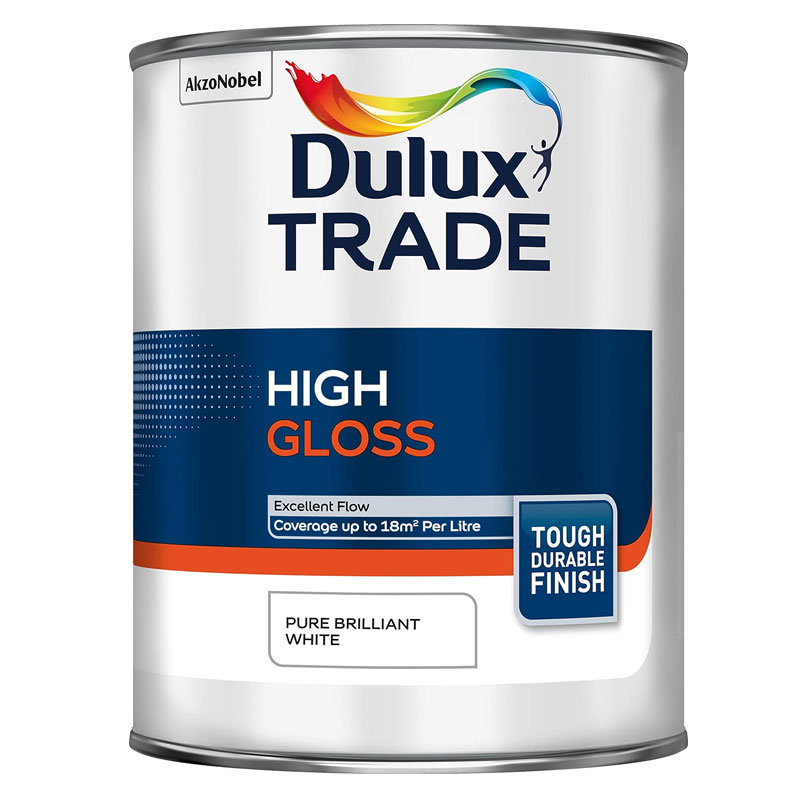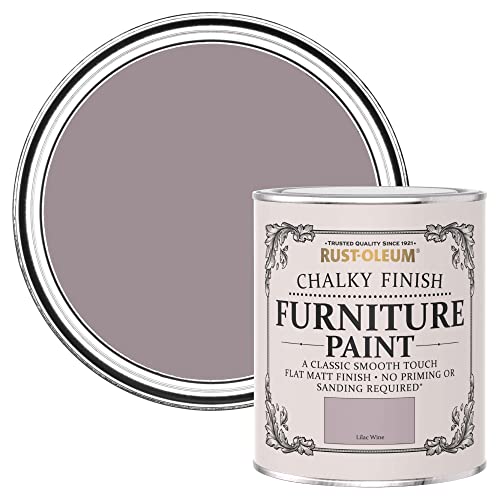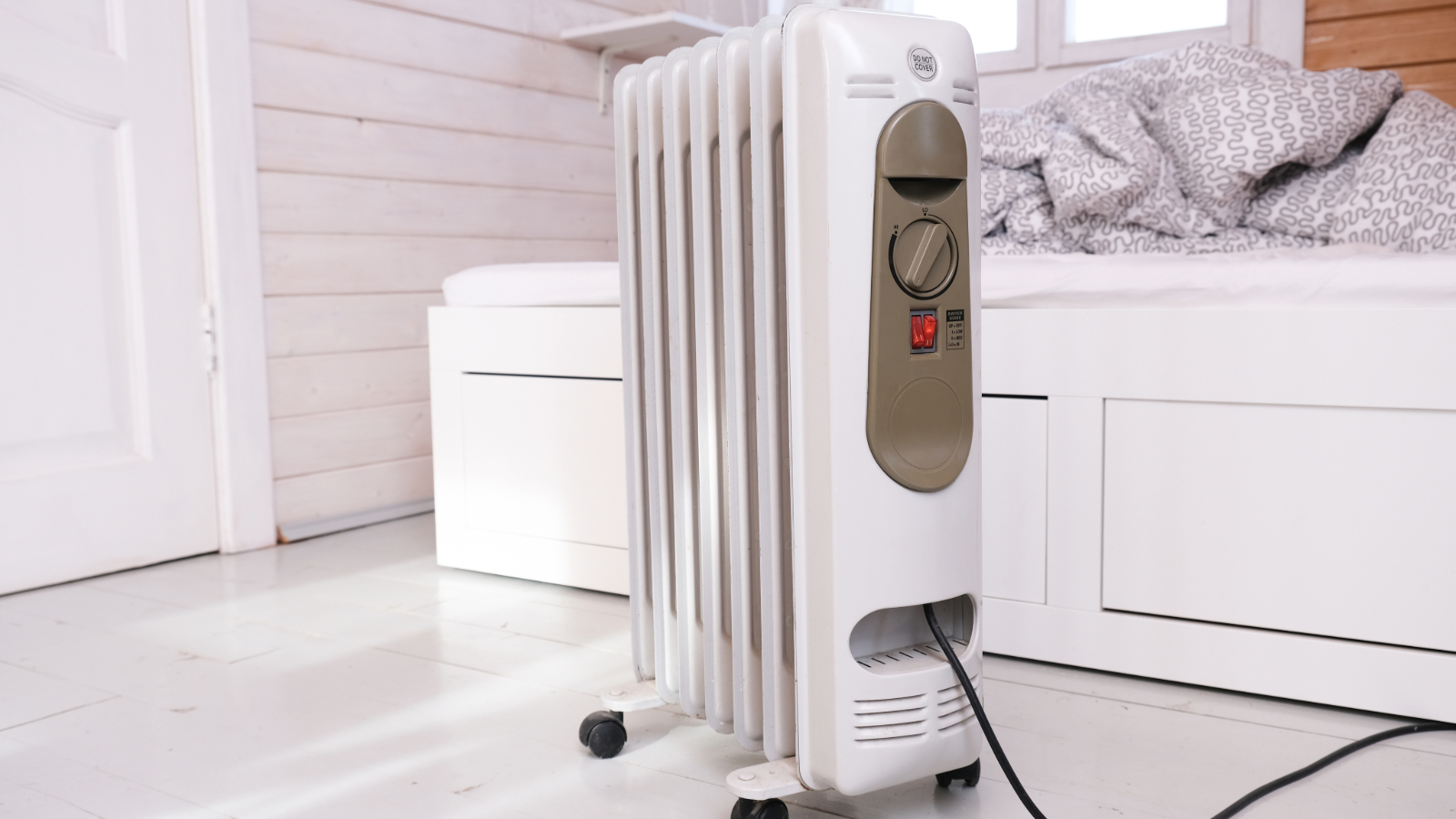How long does paint take to dry? Your guide to must-know drying times
Knowing how long paint takes to dry is critical for planning a paint project. This smart guide will provide drying times for different paints so you can plan ahead
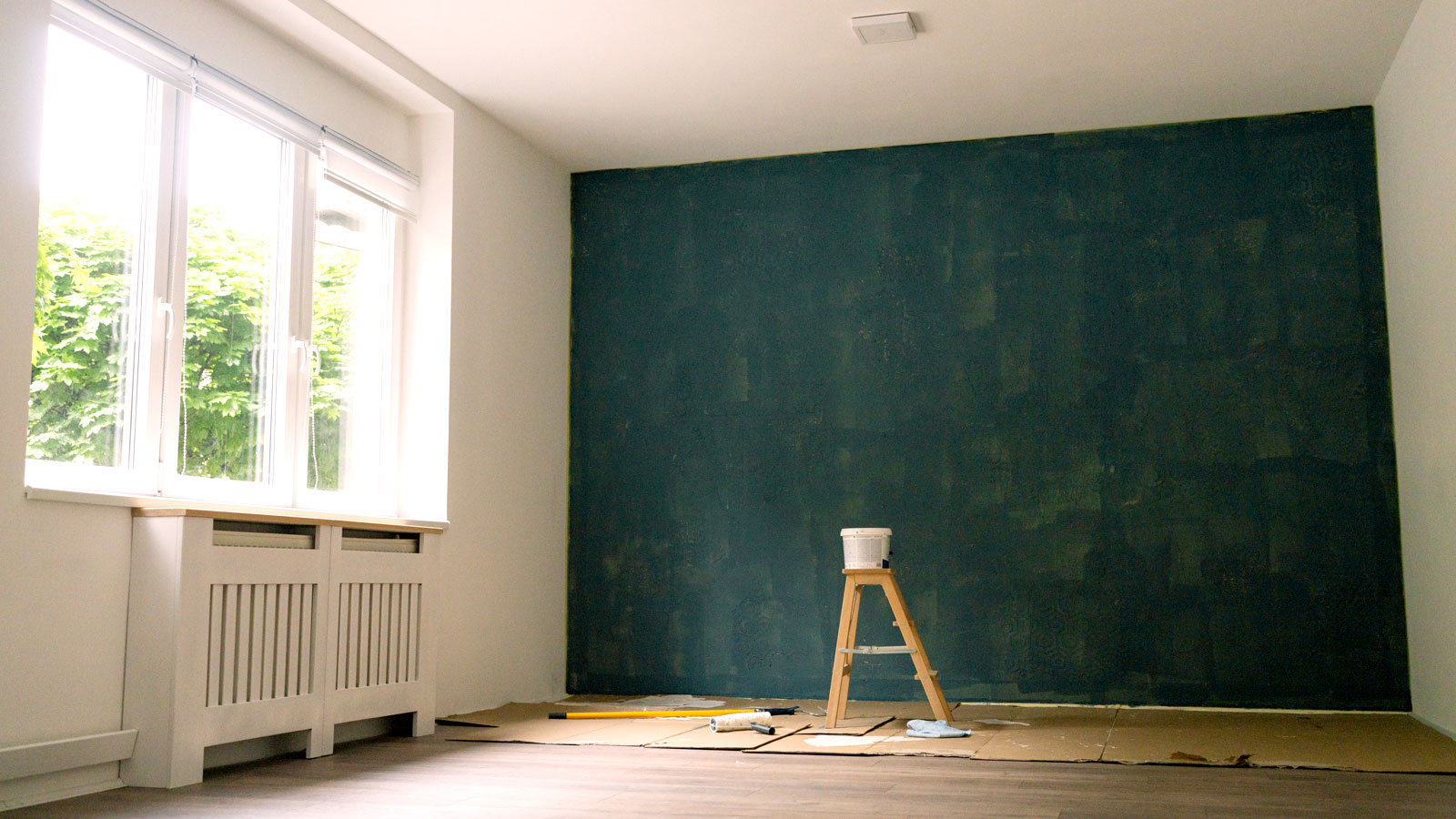
If you’re planning a paint project, knowing drying times for specific types of paint is essential for knowing when and where to start. This is even more important if using oil-based paint, as these have a much longer drying time than water-based paints.
You can be more laid back with your timings if painting a single, rarely occupied room. However, if you're painting a wall or doors in a bedroom, you don’t want to sleep elsewhere for longer than needed. But it's not just the inconvenience that can be an issue. The longer a paint takes to dry, the greater the chance of it attracting dust or debris, spoiling a finish.
But get your timings right, you’ll be finished sooner, and you will get a smart, smooth, clean finish.

Kevin has been in the construction industry for 25 years and handles everything, from the distribution and installation of portable structures to financing and manufacturing. He can speak with authority on every aspect of building.
How long does water-based paint take to dry?
Kevin Keen, owner of Keen’s Buildings, points out why it is important that you know your paint drying times, “In my years on job sites, I’ve had more conversations about drying times than you might expect. It’s something people often underestimate, and it can make the difference between a finish that looks good for years and one that starts peeling or smudging within weeks.”
He adds, “Paint might look dry after a short while, but there’s more going on beneath the surface than meets the eye.”
How long paint takes to dry will depend very much on what type of paint is being used, but as a general rule, water-based paints dry quicker than oil-based paints. Keen says, “With water-based paints, you can usually touch the surface after about one to two hours in normal room conditions. That’s with a steady temperature and moderate humidity.”
Emulsion paints are typically quicker to dry and recoat than wood finishes, continues Keen, “An emulsion, whether it’s a matte or vinyl matt, will be ready to recoat in about four hours, or sooner.” Wood paints take longer to dry due to their makeup, as Keen explains, “Water-based gloss or satin paints can take a bit longer because they form a harder finish, so you might have to wait two hours before they’re dry to touch and at least four hours before adding the next coat.”
Bring your dream home to life with expert advice, how to guides and design inspiration. Sign up for our newsletter and get two free tickets to a Homebuilding & Renovating Show near you.
He adds, “The room’s temperature, air circulation, and even the thickness of the paint all play a part in drying times.”
Here we list the paints and their typical drying times:
Emulsion paint
Touch dry: 1-2 hours | Recoat: 2-4 hours
Gloss, semi-gloss paint
Touch dry: 2+ hours | Recoat: 6+ hours
Satin paint
Touch dry: 2+ hours | Recoat: 6+ hours
Eggshell
Touch dry: 1-2 hours | Recoat: 6+ hours
Undercoat
Touch dry: 1-2 hours | Recoat: 2+hours
Chalk paint
Touch dry: 1 hour | Recoat: 2 hours
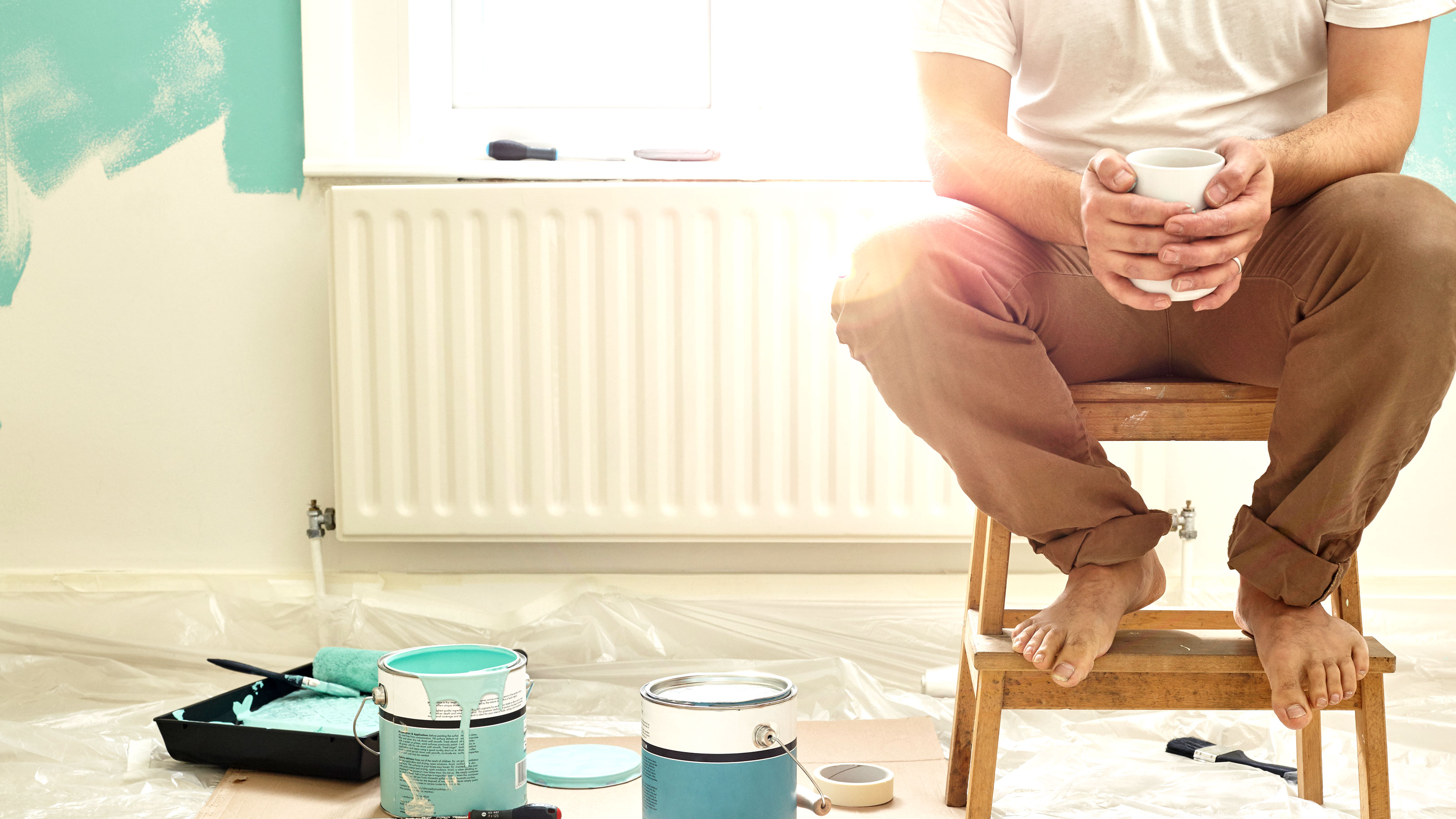
Try these paints and tools for your next project

Anna Hill is the Brand Director and Colour Consultant for luxury, British independent, family-run and owned paint brand, Fenwick & Tilbrook. The go-to for premium, pigment-rich paints, Fenwick & Tilbrook's extensive palette of colours is available in six finishes, and is made-to-order using only the highest quality ingredients.
How long does oil-based paint take to dry?
Oil-based paints are typically used to finish trim and are best suited for areas where a more hard-wearing finish is required. For this reason, they take longer to dry as Anna Hill, Brand Director and Colour Consultant, Fenwick & Tilbrook shares, “This type of paint often takes a lot longer to dry than water-based equivalents. It may be touch dry in four hours, but not often recoatable for 12+ hours."
Oil-based paints commonly include gloss, satin and undercoat, which are typically used for painting skirting boards, windows and doors.
Common drying times:
Gloss, semi-gloss paint
Touch dry: 6+ hours | Recoat: 16+ hours
Satin paint
Touch dry: 6+ hours | Recoat: 16+ hours
How long does it take for paint to fully dry?
All paints go through the same stages once they have been applied. They are wet, before becoming touch dry and finally hardening, which is known as curing. It's worth noting that touch dry and recoat times are different from fully cured. Hill points out, “A water-based paint can feel dry within an hour; however, whilst it may feel dry to the touch, paint needs time to harden (or cure).
An example, being chalk paint, can be touch dry within an hour and recoatable within two hours, but it can take up to three weeks for it to be completely dry and hardened. If painting outside you need to be more careful as Hill shares, “If you paint your windows two hours before it starts raining, whilst the surface may have felt dry, the surface is not cured and will likely let moisture in - hence why it's important to paint outside when you know you have a good few days of mild, dry weather to allow the surface to fully dry through before it can reliably resist water.”
An oil-based paint – which can include the best gloss paint – takes longer to become touch-dry and recoatable compared with a water-based paint, but is fully cured in much less time, typically three to seven days.
To put into context the hardening/curing period, Hill explains how the process works for a paint company, “For a paint company to say a paint is scrubbable, it is painted in lab conditions and left to dry at the same temperature for 28 days (at around 23 degrees Celsius) to be sure that the surface has had enough time to cure before being subjected to 200 cycles of abrasive scrub testing!"
How do you know when paint is dry?
The first thing to do is make sure that you read the manufacturer guidelines on the tin or container. This will give you the recommended drying time. It will tell you when the paint should be touch dry and when it will be dry enough for a second coat aka recoat.
Also consider if you are painting plywood, or similar, or painting over previously painted wood. Drying times are typically quicker on bare wood.
But the manufacturer's guidelines are exactly that – a guideline. Drying times can differ depending on conditions, so the simple solution is to do a touch test. Wait until near the recommended touch dry time and pick an out of the way area and lightly touch the paint. If still sticky, leave and try again 30-60 minutes later.
How to make paint dry faster
The conditions in a room or area can make a difference to how quickly paint can dry. Open doors and windows to create a constant airflow. If you have a fan, use it; this will help get rid of any paint fumes quicker as well.
Another tip is to make sure that you apply thin coats rather than thick coats. Not only will this help the paint dry quicker but it will ensure a stronger hard-wearing finish. Also eco paints with a very low VOC (volatile organic compounds) tend to dry quicker.
Knowing how long paint takes to dry is key to planning a paint project. Check out our living room paint ideas, neutral living room ideas, and painted stair ideas and use your recently acquired paint drying times knowledge.
Steve Jenkins is a freelance content creator with over two decades of experience working in digital and print and was previously the DIY content editor for Homebuilding & Renovating.
He is a keen DIYer with over 20 years of experience in transforming and renovating the many homes he has lived in. He specialises in painting and decorating, but has a wide range of skills gleaned from working in the building trade for around 10 years and spending time at night school learning how to plaster and plumb.
He has fitted kitchens, tiled bathrooms and kitchens, laid many floors, built partition walls, plastered walls, plumbed in bathrooms, worked on loft conversions and much more. And when he's not sure how to tackle a DIY project he has a wide network of friends – including plumbers, gas engineers, tilers, carpenters, painters and decorators, electricians and builders – in the trade to call upon.

